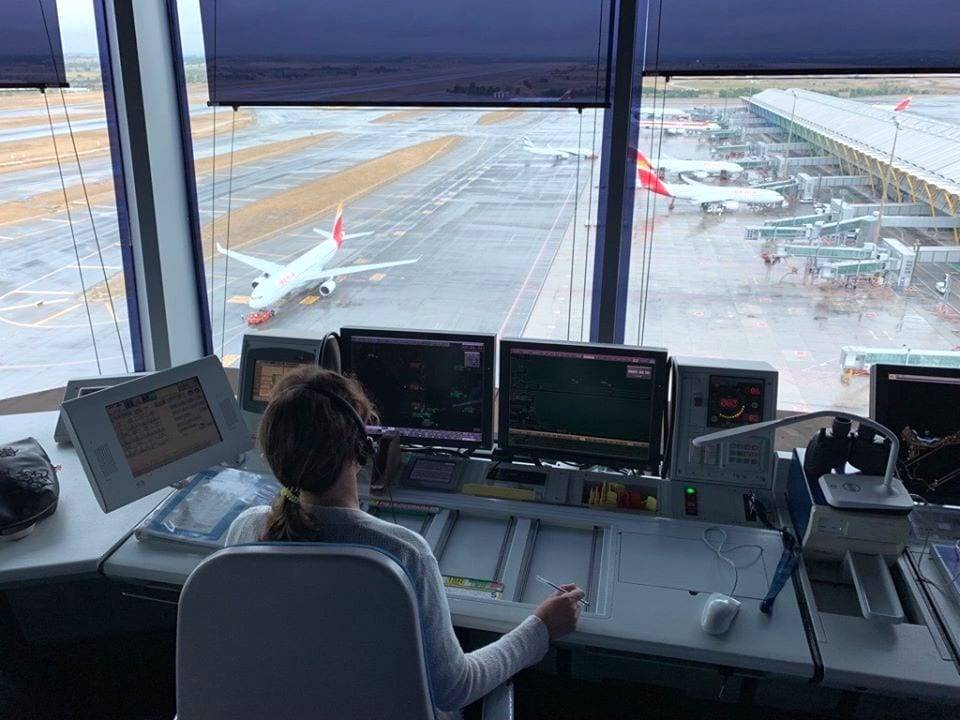Europe's air travel chaos worsens amid ATC capacity crunch
Addressing flight delays demands air traffic control efficiency and airline accountability and resilience.

Brussels: The last few years have been turbulent one for European air travel, with passengers facing unprecedented delays and cancellations. On Monday 22 July, Airline for Europe (A4E) Europe's largest airline trade association, called on EU Transport Commissioner Hoekstra to take urgent action to address the crisis
While 2023 was already “one of the worst years in 20 years for air traffic control performance” in Europe, the week of July 8 to 14 saw a “68% increase in delays year on year” for A4E members.
At the heart of the crisis lies a complex interplay of factors, including chronic air traffic control (ATC) shortages, airline scheduling practices, and external disruptions like wildfires and strikes. As the blame game intensifies, the question arises: Who is truly responsible for the chaos in Europe's skies?
ATC: The ground control problem
Airlines for Europe has been vocal in its criticism of ATC's performance, citing a 68% increase in Air Traffic Flow Management (ATFM) delays compared to the previous year. The association attributes 53% of these delays to ATC capacity and staffing issues. With an average delay of 20 minutes per flight, passengers have borne the brunt of these inefficiencies.
A4E's demands for improved coordination, optimized staffing, and advanced technology are valid concerns. However, the situation is far from black and white. While ATC shortcomings undoubtedly contribute to delays, they are not the sole culprit.
A question of responsibility
In contrast to the European model, US airlines operate with minimal restrictions on schedule adherence. Consumer advocates argue that penalties for missed schedules could incentivize better planning and reduce delays. Yet, the effectiveness of such measures is debatable.
While Europe has a system of fines for airlines that fail to meet published schedules, the data tells a different story. Despite these penalties, the percentage of delayed flights in the EU has consistently outpaced that of the US in recent years. This suggests that while fines might play a role, they are not a panacea for preventing delays.
External factors
The aviation industry has faced a perfect storm of challenges in recent years. The COVID-19 pandemic led to mass layoffs and operational changes that have been difficult to reverse. The subsequent surge in travel demand has overwhelmed existing infrastructure.
Moreover, unprecedented events like wildfires in Greece and France, as well as ongoing conflicts like the war in Ukraine, have further exacerbated the situation. These factors have disrupted flight paths, increased fuel costs, and contributed to overall delays.
Solutions
Addressing the complex issue of flight delays requires a multifaceted approach. Improving ATC capacity and efficiency is crucial, but so is enhancing airline accountability and resilience. Additionally, investing in advanced technologies like artificial intelligence and automation can help optimize air traffic management.
Furthermore, international cooperation is essential to address cross-border challenges. The EU and the US can learn from each other's experiences and explore joint initiatives to improve air travel for passengers worldwide.
As the aviation industry navigates these turbulent waters, finding a balance between airline responsibility and external factors will be key to restoring passenger confidence and ensuring a more reliable travel experience.